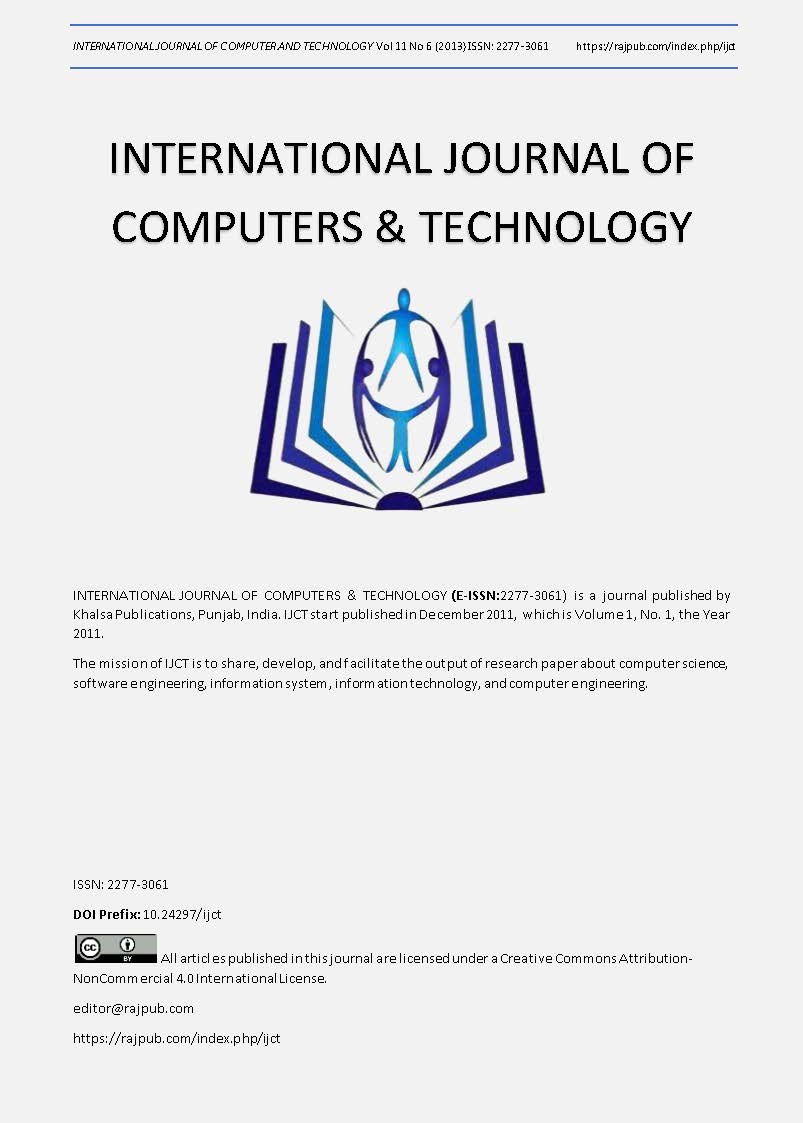Mobility Impact on MANET Routing Protocols In Grid Networks
DOI:
https://doi.org/10.24297/ijct.v11i6.3044Keywords:
MANET, AODV, DSR, OLSR.Abstract
Mobile Ad-Hoc Networks (MANETS) is a collection of wireless mobile nodes that are able to dynamically form a temporary network without any aid from fixed infrastructure or centralized administration due to no wired backbone.Ad Hoc networks are formed spontaneously and the nodes are highly mobile.Thispaper presents performance evaluations, comparisons, andanalysis for three routing protocols (AODV, DSR, and OLSR)to bring out their relative meritsundervarying network size and mobilitywith  various speed and pause times. The simulation is carried out using OMNET++ simulator based on the quantitative basic parameters like throughput, Packet transmission Ratio (PTR),packet transmission time delay and protocol overhead .The  nodes are distributed randomly in a grid network topology and mobile nodes moving using Random Waypoint mobility models. The results demonstrate that, undervarious node speeds and pause timesfor different network size, AODVoutperforms DSR and OLSR protocols, with respect to networkthroughput (by 0.9% and 4.4%, respectively). For protocoloverhead,DSR has lower overhead than both AODV and OLSR protocols (by 13.4% and 65.5%, respectively). In contrast, thepacket transmission time delay when using OLSR is shorter than whenusing both AODV (by 81.7%) and DSR (by 76.7%).
Â









